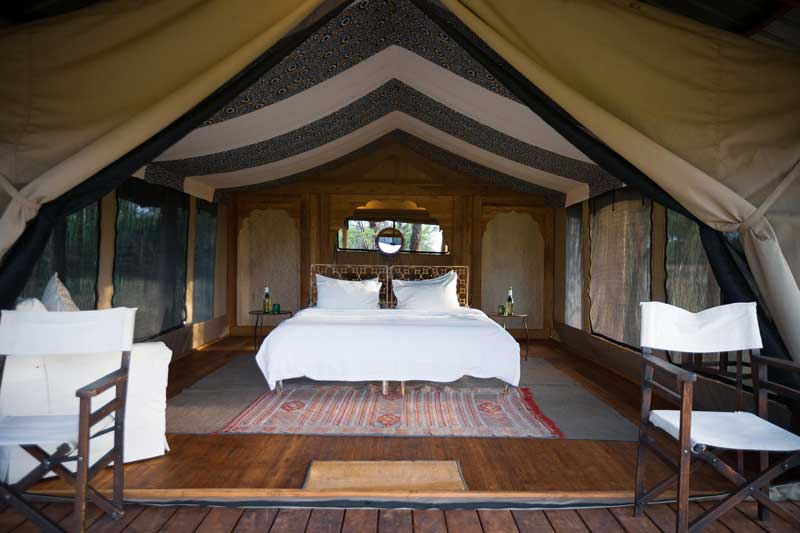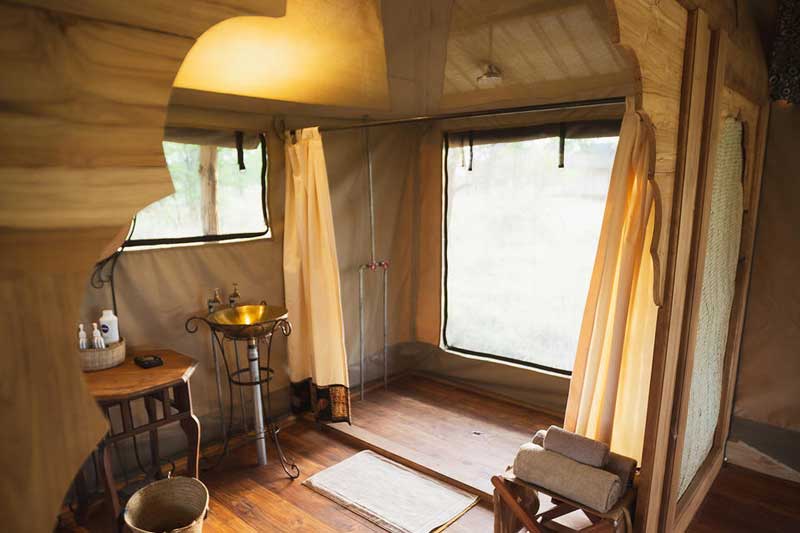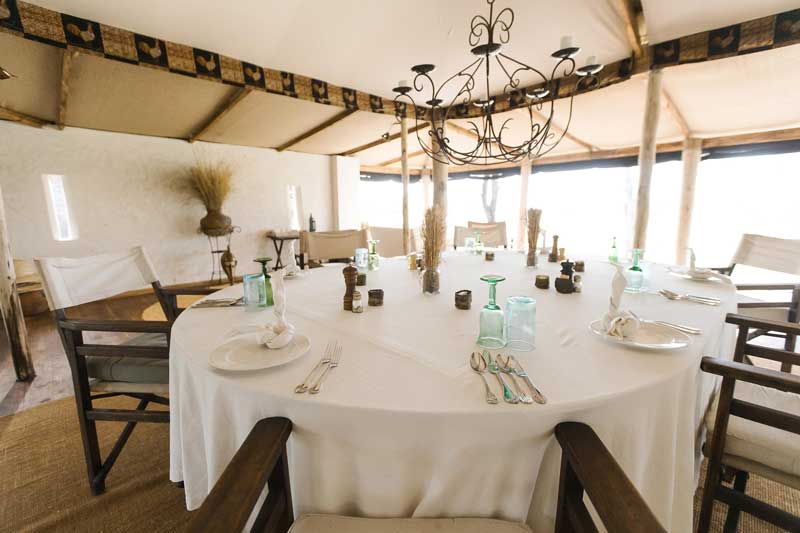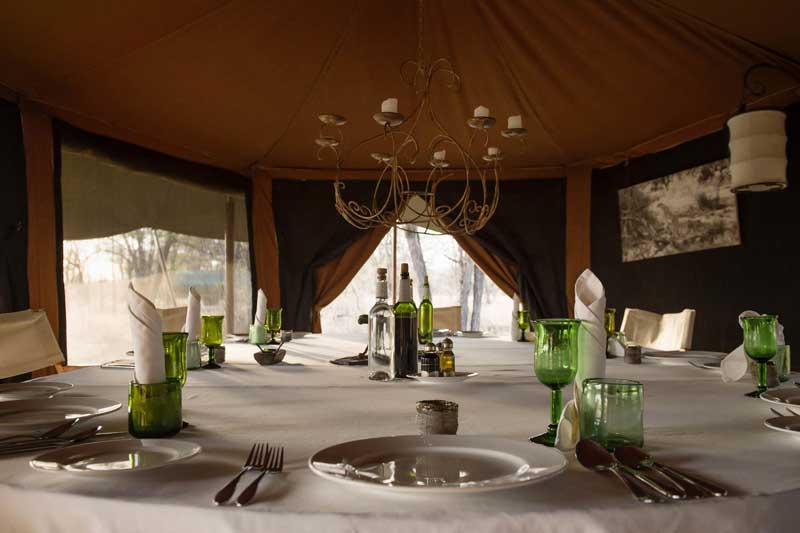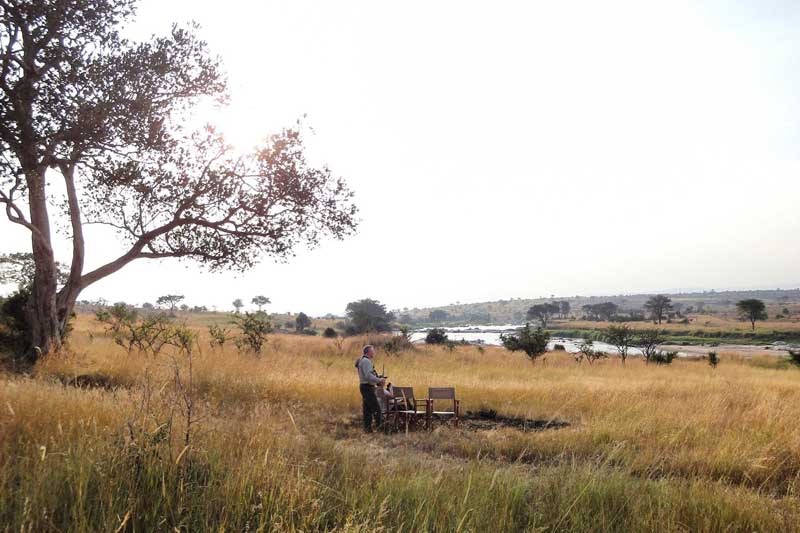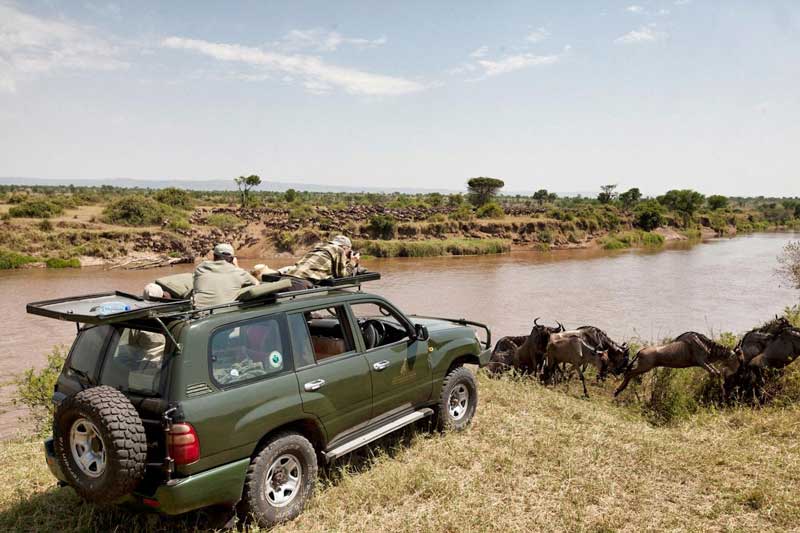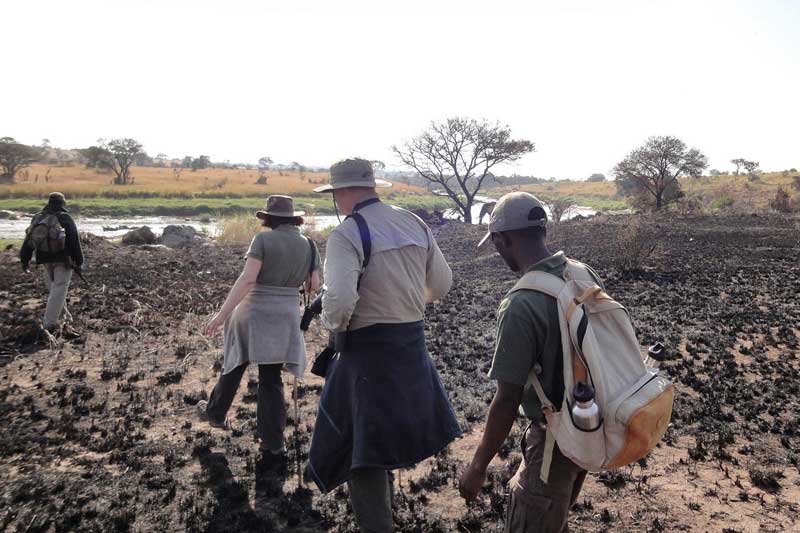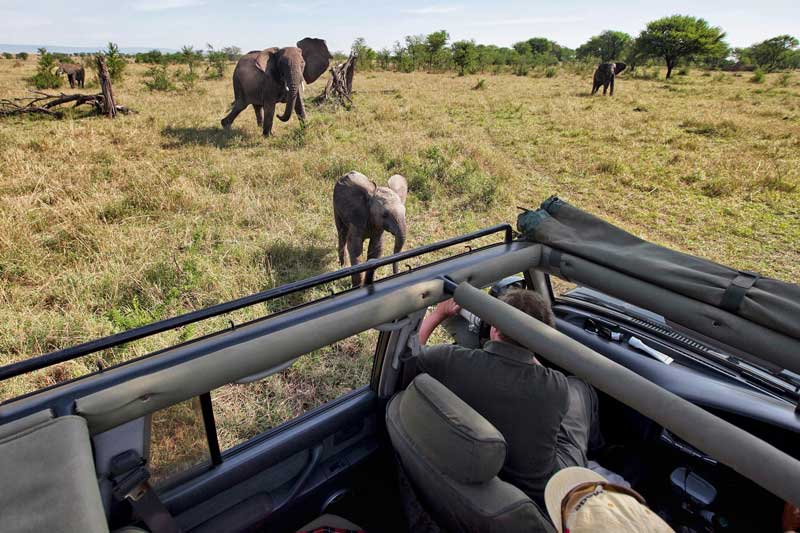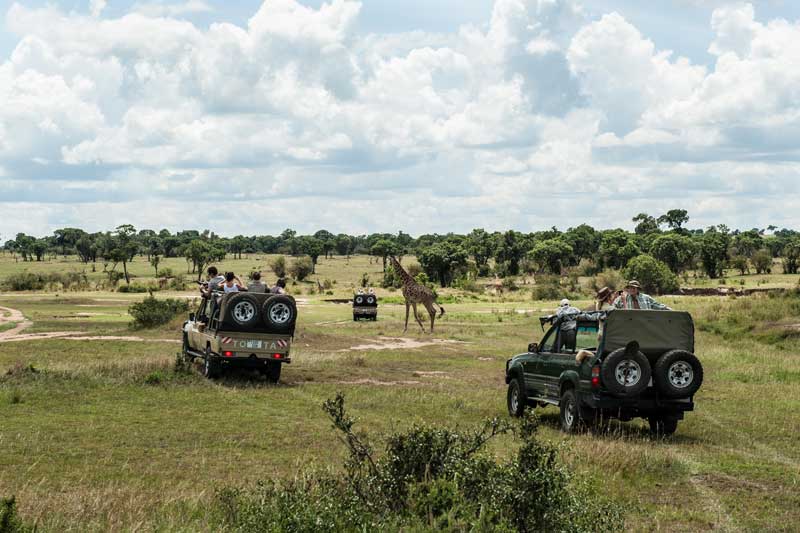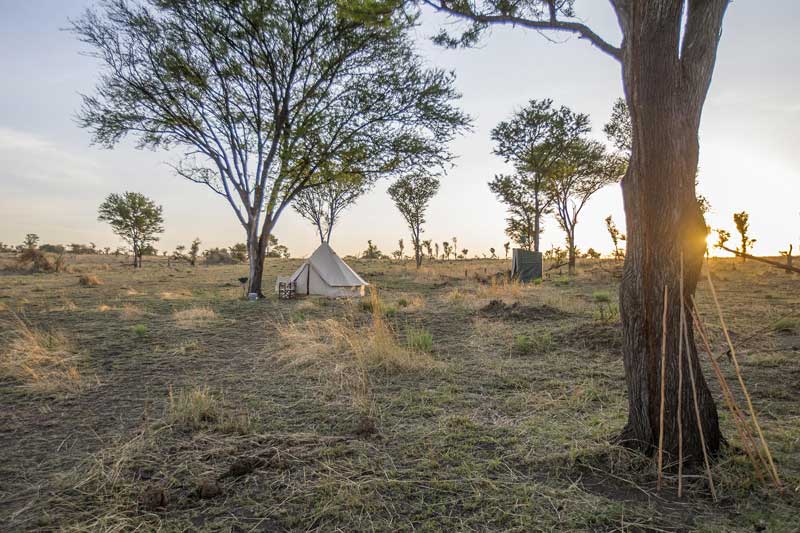Serian’s Serengeti Lamai
Serian’s Serengeti Lamai is located in the Lamai wedge, north of the Mara River, in the Serengeti National Park.
Serian’s Serengeti Lamai is an intimate bush camp situated in the beautiful and relatively quiet Lamai wedge portion of the Serengeti, close to the border with Kenya’s Masai Mara. Completely re-built and made permanent in 2023, the tented camp provides an authentic bush ambience whilst also being very comfortable. The ethos of Serian Safaris leans more to the old school side of things, with emphasis placed on great guiding, warm hospitality, great food, having fun in the bush and getting in touch with nature. Every booking has their own private guide and vehicle which means, combined with the location of the camp, guests have an exclusive Serengeti experience, which isn’t always easy to achieve. Serian also offer walking safaris offering the chance to enjoy a more varied Serengeti adventure. The camp is split into two sections which each offer an intimate shared camp experience or a fantastic option for groups of family or friends travelling together. Adventure fly-camping extensions make it a great base for keen walkers and those wanting a close to nature experience. The camp is also located close to a crossing point, so is ideal for anyone keen to see a wildebeest river crossing at the right time of year.
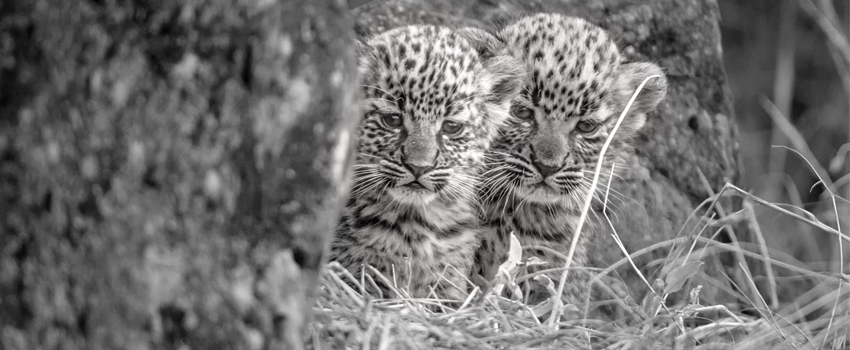
ACCOMMODATION
There are 10 tents split between two separate camps, each comprising four standard tents and one family suite. The family suites have two sleeping tents separated by a small internal lounge area…
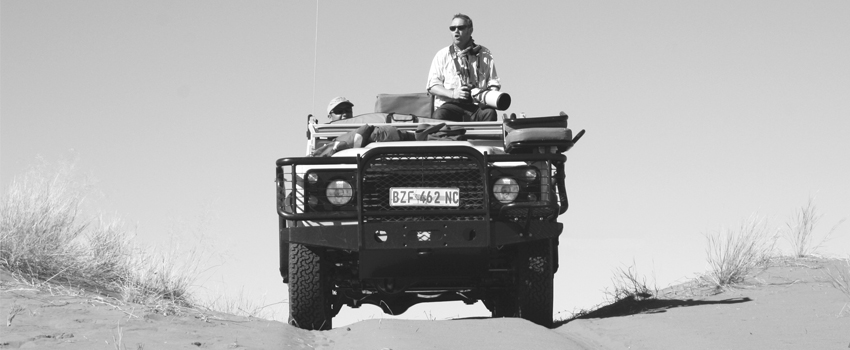
AREA & ACTIVITIES
With an area of some 14,000 sq. km, Serengeti is probably the best-known wildlife sanctuary in the world. The ecosystem includes the National Park itself, the Ngorongoro Conservation Area, Maswa Game Reserve and Kenya’s Masai…
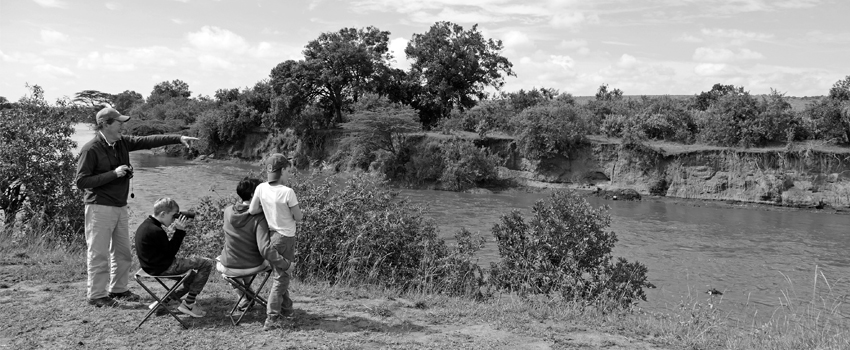
Families
There is no age restriction for children at Serian (although guests needs to be 12 years or over to join walking activities). The camp is relaxed and informal and while no specific “kids’ programme”, staff…
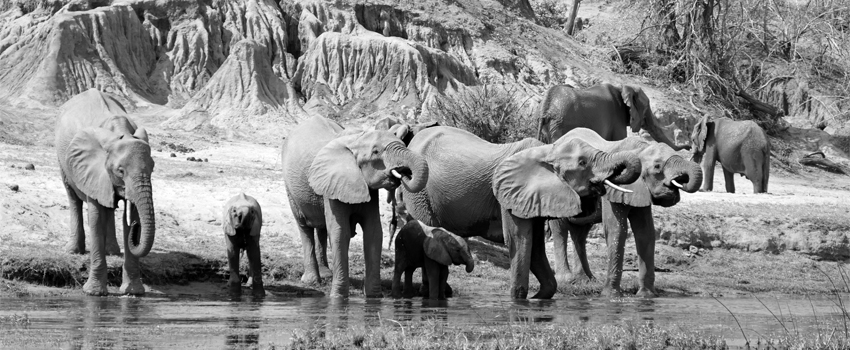
Conservation & community
Serian offers employment and job opportunities for rural communities. 80% of their staff are from the local communities where they offer apprenticeship programmes. Any given member of staff is…
| Location | Northern Serengeti National Park |
| Access | Scheduled or charter flight into Lamai Airstrip (60 minute drive to camp) |
| Open | June to March |
| Pricing | £££££ |
| Camp Style | Luxury Tented Camp |
| Focus | Big game / River crossing / Private guiding |
| Children | No age restriction |
| Activities | Game drives (day) / Guided walking / Fly-camping |
| Vehicles | Closed |
| Maximum Guests on Vehicle | NA |
| Private Vehicle Options | Yes (included) |
| Off-road Driving | No |
| Number of Rooms | 10 tents split between 2 camps |
| Family Accommodation | 2 two bedroomed family tents |
| Bathroom | Flush toilet / Plumbed basin / Plumbed shower |
| Power for charging | In room |
| Lighting | Solar |
| Hairdryer | Not possible |
| Heating/Cooling | No |
| Room Safe | No |
| Laundry Service | Complimentary |
| Communication in room | Whistle |
| Wi-Fi | No |
| Mobile Reception | No |
| Swimming | No |
| Wellness | No |
| Dining Style | Communal (private for private camp) |
| Drinks Included | House drinks |
| Credit Cards | Not accepted |


